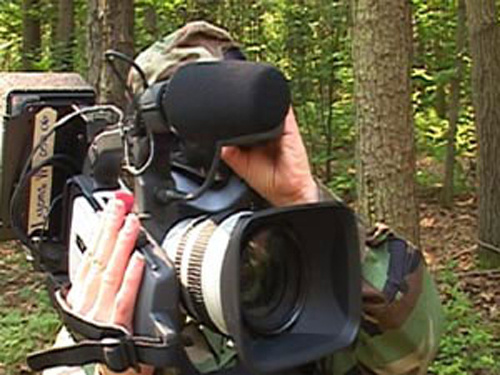The Defense Advanced Research Projects Agency (DARPA) has made another leap in the direction of human-like artificial intelligence: a camera that can guide itself and report back from the field. That kind of visual intelligence has been an exclusively human trait, until now.
The plan, called “The Mind’s Eye,” is going to be outlined next at a one-day conference in DC in late April. The hope is to make up for human weaknesses, like fatigue or bias, that can result in unreliable intelligence. These cameras will be endowed with both the intellect to process a scene and the imagination to contextualize and describe it.
It’s a reminder, also, that even those events that we capture on video are prone to memory bias. We choose where we point the camera and where we don’t. When we narrate, we often say what we think we’ll want to hear later instead of what we’re actually thinking and feeling. A cognitive camera couldn’t care less. It couldn’t care at all.
Aside from being incredibly cool, if successful these Mind’s Eye cameras would keep soldiers and advance scouts out of harm’s way. If it seems like science fiction, that’s because it is—for now. But on April 20th we’ll find out just how close we are to it being science fact.
We’ve got the ability to take in our surrounding, interpret them and learn concepts that apply to them. We’re also masters of manipulation, courtesy of a little thing called imagination: toying around with made up scenes to solve problems or make decisions.
But, of course, our intellect and decision-making skills are often marred by emotion, fatigue or bias. Enter machines. Darpa wants cameras that can capture their surroundings, and then employ robust intellect and imagination to “reason over these learned interpretations.”
State-of-the-art cameras can already recognize objects — the “nouns” of cognition. What Darpa wants is the verb: “To add the perceptual and cognitive underpinnings for recognizing and reasoning … enabling a more complete narrative of action in the visual experience.”
Darpa’s end goal is a “smart camera” that can report back on war-zone activity with the same detail a trained human operative could offer. Or, perhaps, replace those troublesome reporters?


